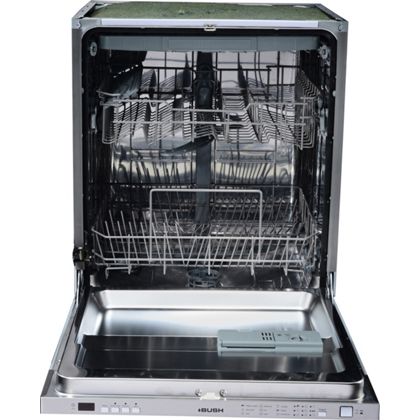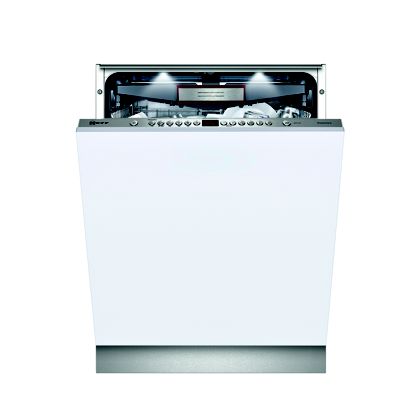Back in September my dishwasher broke. It had been on its last legs for a while, and finally our lovely dishwasher-man shook his head sadly and said “its not good. It’s just not worth me fixing it this time – it’d be cheaper for you to buy another”.
Oh woe.
Being a 70’s child, I hadn’t had the luxury of a dishwasher growing up, and I was a little aghast after dinner that night that my four children had No Clue how to do the washing & wiping up.
Shocker.
There ensued a few weeks of novelty – post-meal times was a communal joining in the kitchen as we shared the task, chatted and laughed and sang and bickered – and I felt like I’d been transported back 30 years to my own kitchen duties with my three bossy older siblings.
But the novelty palled quite quickly. No one really complained – except for objecting that surely it couldn’t be their turn again already – but we all quickly tired of the tedious job, and the time it snagged up every few hours. not to mention the sheer amount of hot water we went through – we usually only run the boiler for an hour or so a day, but suddenly it needed three times that just to keep up! With six of us home all day, there seems to be an ever-present stack of crockery to match the perpetual laundry mountain.
So we decided that enough was enough, and our thrifty selves simply had to get a new one before Christmas – the best china and glass we use at Christmas are washed by hand anyway, but I had no intention of spending a large chunk of Christmas week scrubbing roasting tins by hand.
So we had a mosey about the interwebs, and looked at our options.
Dishwashers come in two sizes – slimline for smaller kitchens and small households, and standard for the rest of us. We have an integrated washer, which means it’s tucked neatly away behind a fake cupboard door. I actually have no objection to the appliances being on display, but the husband likes it so we opted to have another integrated to replace the pensioned-off dishwasher.
Now we have No Clue about the insides of dishwashers – but in the past we have bought the cheapest available, and we had a good mid-range one that came with our new kitchen (almost 8 years ago…).
Looking at them both, I have to say that they both… cleaned the dishes. They did – I suspect the actual mechanics are pretty similarly, two hurly arms swinging water around at a rate of knots are going to dislodge most food debris, aren’t they?
But what I did notice was the build quality in the finishes – the cheaper dishwasher had annoyingly rickety drawers that frequently slipped off the runners, causing an alarming crash of a loaded china drawer as it drops half an inch. The plates didn’t stack easily, and larger items didn’t have as much room.
The more expensive dishwasher stacked easily, the drawers were sturdy, and everything just worked that little bit more smoothly.

For a sleek kitchen look, choose an integrated dishwasher that you can hide away neatly. This Bush dishwasher is fantastic for families with an impressive 14 sets place setting, perfect for entertaining too. A new cutlery drawer creates more space in lower baskets for larger pots and pans allowing you to make better use of the space below.
But as I said – both of them got the job done, and both had enough of a range of settings to suit whatever we needed.
So how cheap is cheap? Well, you can pick up a full-size Bush dishwasher in Homebase for under £220 – that’s only £40 more than a slimline version. And that’s no slouch in the added extras department – there’s an electronic display to show time remaining, it’s quiet in your kitchen at only 49db decibels, and it has an A++ energy efficiency rating so it’ll save you money too. For an extra £20 you can get an integrated Bush DWFS147SS full size dishwasher which also has a clever cutlery tray at the top to save space in the main section, allowing you to fit 14 place settings (though this does restrict the height of the stacking somewhat; you can adjust the height of the top tray, but this will potentially reduce just how much you’ll get in if you’re a clever-stacker usually).

This Neff S51M69X3GB integrated dishwasher with 14 place settings, will give your kitchen a seamless look. With a choice of 6 programmes and a 24 hour time delay
To be honest, I’d love to know just what makes the Smeg and Neff models worth over £700 a time… seeing as even the cheapest ones get your dishes clean, I’m really hoping they unload themselves and put the plates away too…

